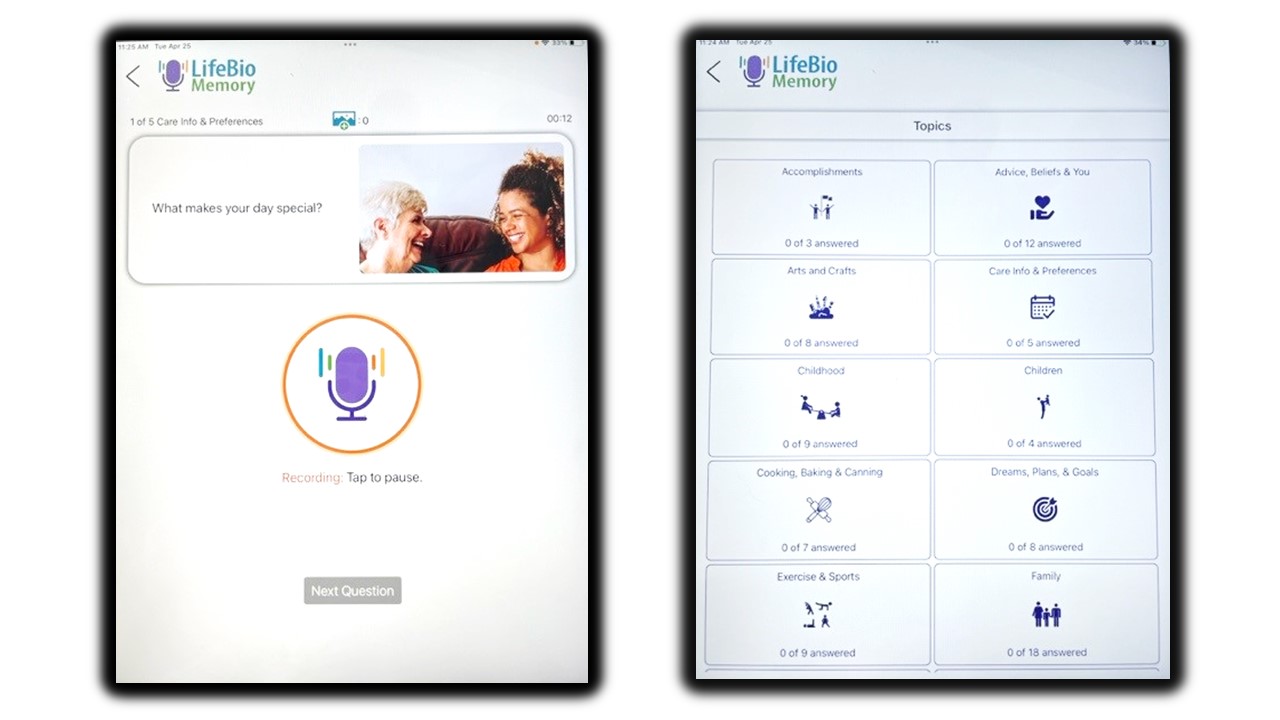Memory Care Program Tips
Senior living communities, retirement communities, assisted living, skilled nursing, adult day programs, and other organizations have a growing interest and need to enhance or add memory care programs to their offerings. Here are four tips to consider for your memory care program of the future...
1) RE-THINK your memory care program and "RE-INVENT" without delay - Beyond meeting the physical needs of a person with Alzheimer's or another form of dementia, the community must look at the robustness and effectiveness of the memory care program. Some communities have a wealth of activities but are the activities really engaging for someone with dementia? Weekly entertainers, BINGO groups, and a Connect 4 or checkers board just don't cut it. How are you connecting eye-to-eye, face-to-face, hand-to-hand to be a true friend? How is the community addressing all the dimensions of wellness in the life of a person who is having difficulty remembering? How can the community stimulate the brain and try to build cognitive reserve or try to lessen memory loss? One good idea is to ensure that reminiscence programming is in place that will be engaging, address all dimensions of wellness, and stimulate the brain. Using all the senses and touching memories, looking at pictures that stimulate discussions, and asking people to share their own personal life experiences. Ensure that conversations in the community aren't just "chit chat" about weather, health, sports, and food. Instead ask, "Do you remember your first bike?" or "Did you have a paper route when you were a kid?" Take the conversation to a whole new level that isn't in the present moment.
2. RECORD the life story. Reminiscence works to promote interesting conversations but RECORDING the life stories is crucial too--especially for someone with memory loss. This information will be like gold in the pursuit to deliver quality service and care in the short term and in the long run. And it's not the standard social history that is going to be all that's necessary. The details of family relationships from the person's youth, childhood memories, young adulthood, historical events, love, marriage, children, grandchildren, pets, life lessons, values, and more are all part of this rich story. For example, it would make more sense if staff members knew that Betty's beloved horse from her childhood was named "Slippers" when someone mentions slippers (on someone's feet) and it causes Betty to shed a few tears.
Curriculum for memory care is a growing trend. For example, LifeBio has developed a tool called MemoryBio that provides a universal photo album with over 200 pictures that will stimulate discussion on 35 major themes of life such as "Travel & Vacations" "Cooking, Baking, & Canning" "Jobs and Careers" etc. Along with every picture, MemoryBio includes a personal history question (yes or no, multiple choice, or a few open-ended questions) that will help generate a fun and interesting conversation. Even if a person with mid to late stage dementia cannot answer, the pictures and questions could help the leader to talk about something more interesting--from his or her own life. It's key that the programming not be childish, but stimulating and fun for both the staff member and the resident. The themes in MemoryBio are also used by communities as a "theme of the week" -- so weekly life enrichment doesn't revolve around holidays all the time (how many people really celebrate all the holidays anyway).
Innovations in memory care can mean emphasizing narrative care in your community. The focus should be on both reminiscing and RECORDING life stories. This isn't just a "nice to have" activity but an essential component of delivering quality long term service and care.
3. INVOLVE the family and volunteers more. In many cases I've seen, the family is happy to be engaged in the memory gathering process. They are glad to have a focus for their visits and some way to help. For example, family members can be asked to help create a LifeBio Storyboard, help fill in the Life Story Journal, or attend a LifeBio class with their parent or grandparent. Some family members even want to gain access to LifeBio.com to work online to help build the life story.
Joe has vascular dementia to the point that he cannot speak. His family accessed LifeBio.com's online autobiography template as a group and worked on building Joe's story from their own perspectives. "If dad could answer this question, he would say......." Joe's wife or his four children would do their best to answer the question for their husband and father. It was a beautiful experience for everyone. They were reminded of the many, many good times they had experienced together--despite the challenges of the present time.
Sharing life stories can be a joyful time and a way to involve youth groups, middle or high school students, or college students in writing down what older adults have to share. Be sure to encourage volunteerism in memory care more than ever. An 80-year-old Texan in a memory care unit commented, "There's nothing better you can do for me than bring these young people in to visit with me."
4. SEE the connection betweeen reminiscence and wellness. Reminiscence does touch all dimensions of wellness so working on life stories will help people feel more purposeful and useful, while meeting their physical, emotional, social, intellectual, and vocational needs. When many things are out of control, one thing that many people with dementia can do is express their life stories (especially from their earliest childhood). Most people enjoy reminiscing about their own experiences, and it leads to validation of a life well lived. The goal is to help people with dementia experience more love, more hope, and more peace--that can be accomplished through focusing on the person's life more than ever before.
Please contact LifeBio at 937-303-4574 or email info@lifebio.com to learn more about LifeBio's memory care programming for senior living communities, retirement communities, assisted living, skilled nursing, adult day programs, hospice, or other senior service agencies. MemoryBio provides over 200 pictures and questions to stimulate engagement and recording of life stories.


